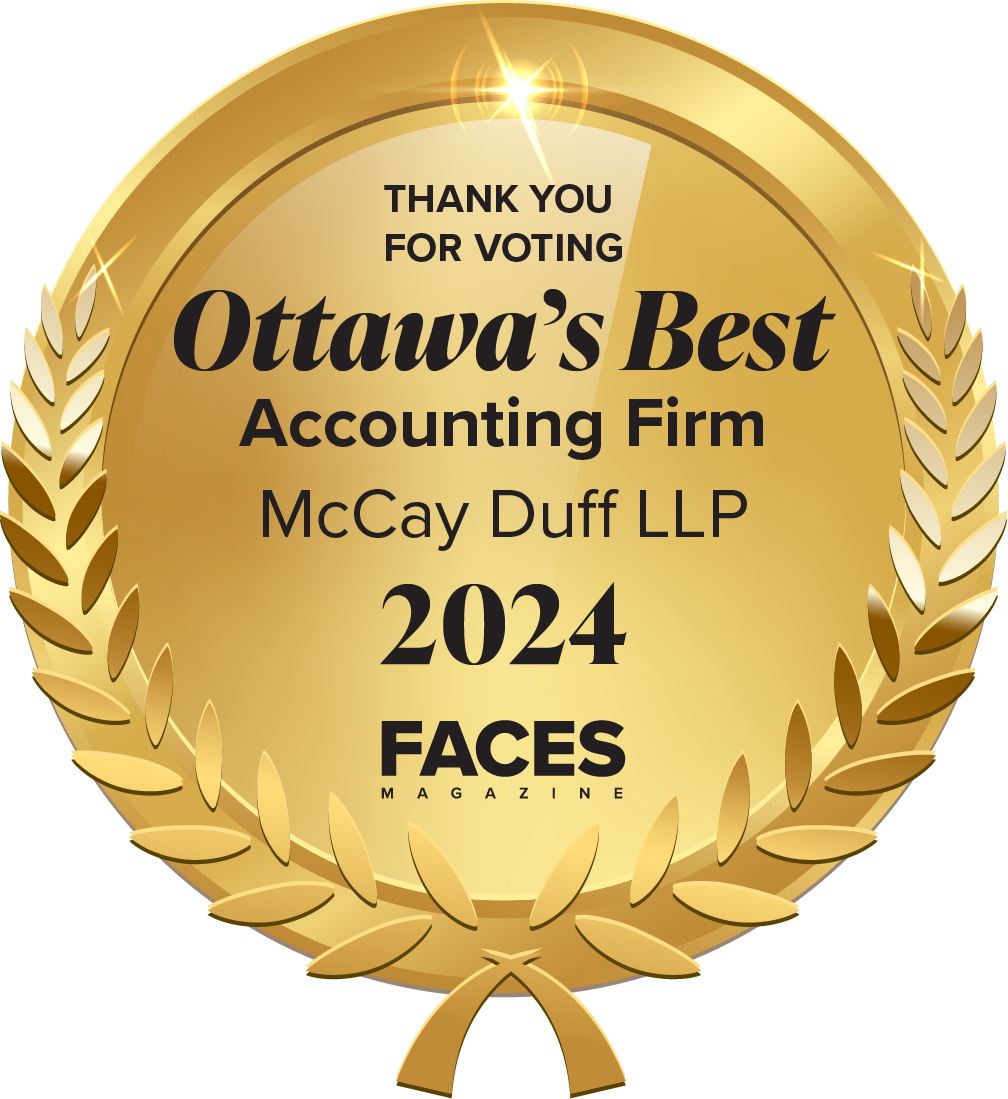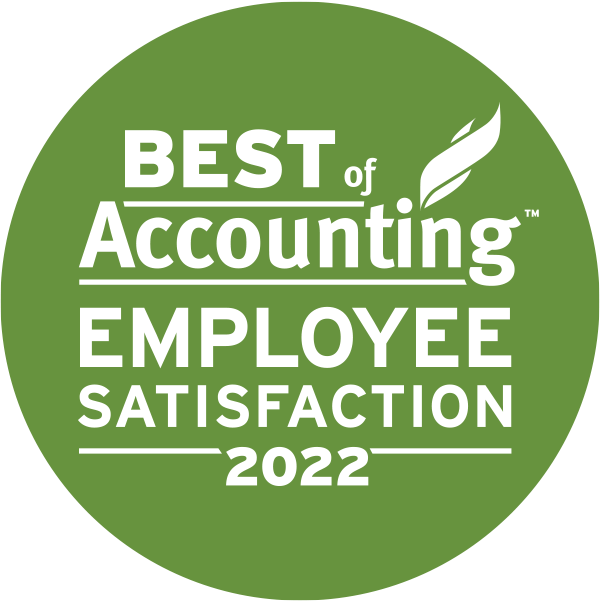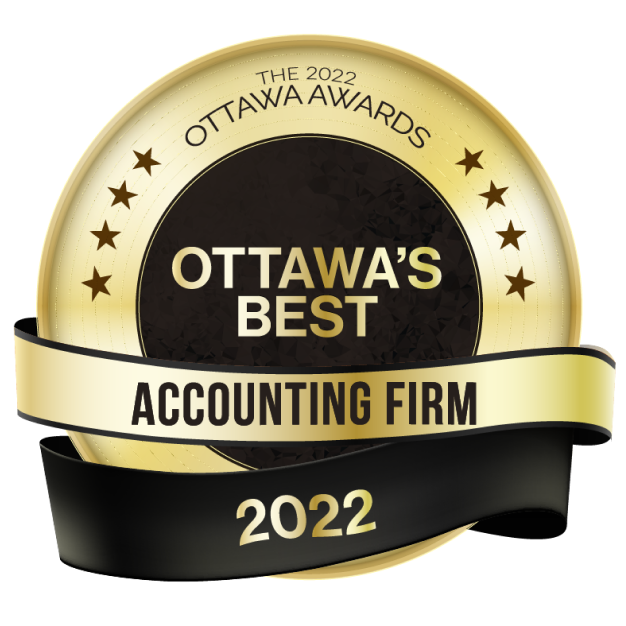McCay Duff continues to monitor the Federal and Provincial governments COIVD-19 announcements. Following is the latest information on the Canada Emergency Wage Subsidy (CEWS) and how it interacts with other previously announced relief measures.
Canada Emergency Wage Subsidy (CEWS)
The CEWS does not replace the 10% Temporary Wage Subsidy, but rather is a new program.
Eligible Employers
Eligible employers would include individuals, taxable corporations and partnerships consisting of eligible employers as well as not-for-profit organizations and registered charities of all sizes.
This subsidy would be available to eligible employers that see a drop of at least 30 per cent of their revenue as compared to the same period from the previous year
Calculating Revenues
Revenue for this purpose would be from business carried on in Canada earned from arm’s length sources. It would be calculated using the employer’s normal accounting method, and would exclude revenues form extraordinary items and amounts on capital. For not-for-profits, the government will continue to work with the sector to ensure an appropriate definition of revenue for their specific circumstances.
Amount of Subsidy
The subsidy amount for a given employee on eligible remuneration paid between March 15 and June 6, 2020 would be the greater of:
- 75% of the amount of remuneration paid, up to a maximum of $847 per week; and
- The amount of remuneration paid, up to a maximum benefit of $847 per week or 75% of the employee’s pre-crisis weekly remuneration, whichever is less.
Further guidance on the definition of pre-crisis weekly remuneration for a given employee will be provided in the coming days.
Employers may be eligible for a subsidy of up to 100% of the first 75% of pre-crisis wages or salaries of existing employees. These employers would be expected to maintain existing employees’ pre-crisis employment earnings, where possible.
Employers will also be eligible for a subsidy of up to 75% of salaries and wages paid to new employees.
Eligible remuneration may include salary, wages, and other remuneration. These are amounts for which employers would generally be required to withhold or deduct amounts to remit to the Receiver General on account of the employee’s income tax obligation. It does not include severance pay, or items such as stock option benefits or the personal use of a corporate vehicle.
A special rule will apply to employees that do not deal at arm’s length with the employer. The subsidy amount for non-arm’s length employees will be limited to the eligible remuneration paid in any pay period between March 15 and June 6, 2020, up to a maximum benefit of $847 per week or 75% of the employee’s pre-crisis weekly remuneration.
There would be no overall limit on the subsidy amount that an eligible employer may claim.
Employers must make their best effort to top-up employees’ salaries to bring them to pre-crisis levels.
The government has also noted that funds will not be available for three to six weeks.
Eligible Periods
Eligibility would generally be determined by the change in an eligible employer’s monthly revenues, Year-over-year, for the calendar month in which the period began. The amount of wage subsidy received by the employer in a given month would be ignored for the purposes of measuring Year-over-year changes.
Claim period and the period in which it has a decline in revenue of 30% or more:
| Claim Period | Reference Period for Eligibility | |
| Period 1 | March 15 – April 11 | March 2020 over March 2019 |
| Period 2 | April 12 – May 9 | April 2020 over April 2019 |
| Period 3 | May 10 – June 6 | May 2020 over May 2019 |
For eligible employers established after February 2019, eligibility would be determined by comparing monthly revenues to a reasonable benchmark.
How to Apply
Application will be through CRA’s My Business Account portal as well as a web-based application. Employers will be required to keep records to demonstrate the reduction in arm’s-length revenues and remuneration paid to employees. Further details will be released in the coming days.
Employers will be required to apply for the CEWS for each month, and attest to eligibility including the 30% revenue decline test.
Ensuring Compliance
Employers would be required to repay amounts paid under the Canada Emergency Wage Subsidy if they do not meet the eligibility requirements and pay their employees accordingly. Penalties may apply in cases of fraudulent claims. Anti-abuse rules will be proposed to ensure that the subsidy is not inappropriately obtained and that employees are paid the amount they are owed. The government is considering proposing to create new offences that will apply to individuals, employers or business administrators who provide false or misleading information to obtain access to this benefit or who misuse any funds obtained under the program. The penalties may include fines or even imprisonment.
Interaction with 10% Wage Subsidy
Employers that are eligible for both the Canada Emergency Wage Subsidy and the 10% wage subsidy for a period, any benefit from the 10% wage subsidy for remuneration paid in a specific period would generally reduce the amount available to be claimed under the Canada Emergency Wage Subsidy in that same period. Due to the delay in the implementation of the CEWS, we recommend using the 10% subsidy now if you qualify. The 10% subsidy can be claimed as an immediate reduction in income tax remittances whereas the CEWS application and rebate will not be available for 3 to 6 weeks.
Interaction with the Canadian Emergency Response Benefit (CERB)
To be eligible for the CERB, the employee must involuntarily cease working for reasons related to COVID-19 for at least 14 consecutive days within a four-week period and must not receive income from employment during those consecutive days. Any wages the employee receives for any week that falls into the 4-week period will not be eligible for the CEWS. Employers who are not eligible for the Canada Emergency Wage Subsidy would still be able to furlough employees who will receive up to $2,000 a month under the CERB.
Government Assistance
The wage subsidy received by an employer would be considered government assistance and be included in the employer’s taxable income.
Assistance received under either wage subsidy would reduce the amount of remuneration expenses eligible for other federal tax credits calculated on the same remuneration.
If you have any questions or require further information, reach out to your McCay Duff advisor.
Contact Us




